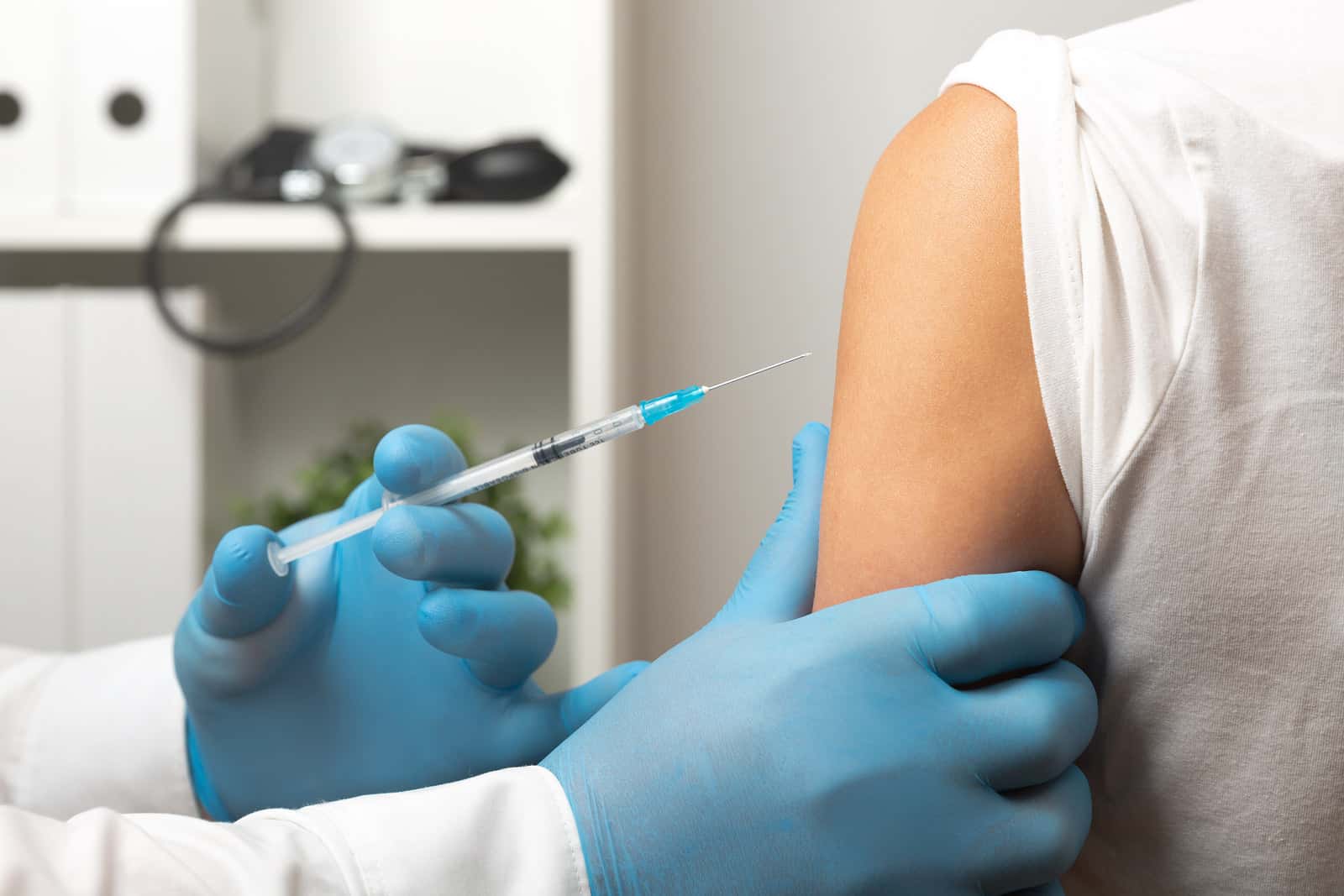
This season, nurses and pharmacists are giving flu shots and COVID boosters to help people stay out of the hospital. People who are afraid of needles have a lot of trouble with these immunizations. On the other hand, some people who don’t object to the procedure wonder if the injection technique might contribute to some discomfort.
A number of readers have reported SIRVA (Shoulder Injury Related to Vaccine Administration). One reader recently offered a different complaint, after an experience that was disconcerting but not serious.
Might Injection Technique Affect Bruising?
Q. Over a month ago, I got a COVID booster at my local pharmacy. Within a day my upper arm turned black and blue. Although the bruise has faded a bit, I can still see an area about three inches square that is discolored.
I remember when nurses used to aspirate the syringe before any injection to make sure they were not in a blood vessel. Why don’t pharmacists do that before administering a shot?
A. For decades, most health professionals would pull back on the syringe a bit (aspirate) prior to an intramuscular vaccine injection. If they saw blood in the syringe, they would start over. That was to avoid injecting vaccine into a blood vessel.
No More Aspiration:
The CDC and WHO no longer recommend this procedure. As a result, professional schools do not teach their students this injection technique. Most nurses and pharmacists have discontinued the practice. In searching for the reasons, we found a summary suggesting that aspiration makes the shot more painful, especially for children. In addition, experts do not think that it is necessary. They might possibly make an exception for shots given in the gluteus maximus muscle (aka the rear end). Some commenters observed that health professionals can give more shots in a shorter time if they skip aspiration.
Publications arguing the pros and cons of this practice were published well before the COVID pandemic. Some experts have suggested that aspiration should be re-instituted for mRNA and adenovirus anti-COVID shots (Pharmacological Reports, Dec. 2022). Injecting these vaccines directly into the bloodstream rather than the muscle might increase the risk of reactions.
What Do You Think?
We just don’t know if the injection technique had any bearing on the reader’s giant bruise. Have you had a similar experience? If you are a health professional giving shots, how do you decide for or against aspiration? We are especially interested in evidence on this question, as we didn’t find much in our search of the medical literature.
Citations
- Rzymski P & Fal A, "To aspirate or not to aspirate? Considerations for the COVID-19 vaccines." Pharmacological Reports, Dec. 2022. DOI: 10.1007/s43440-022-00361-4

